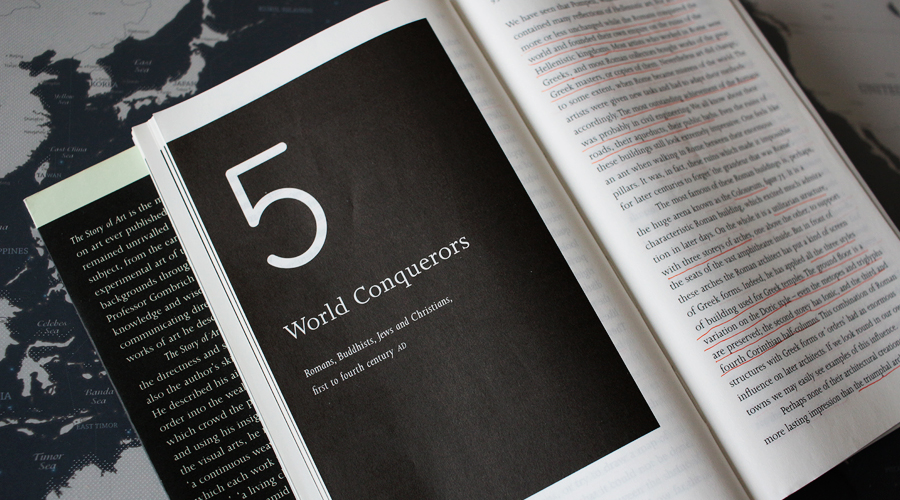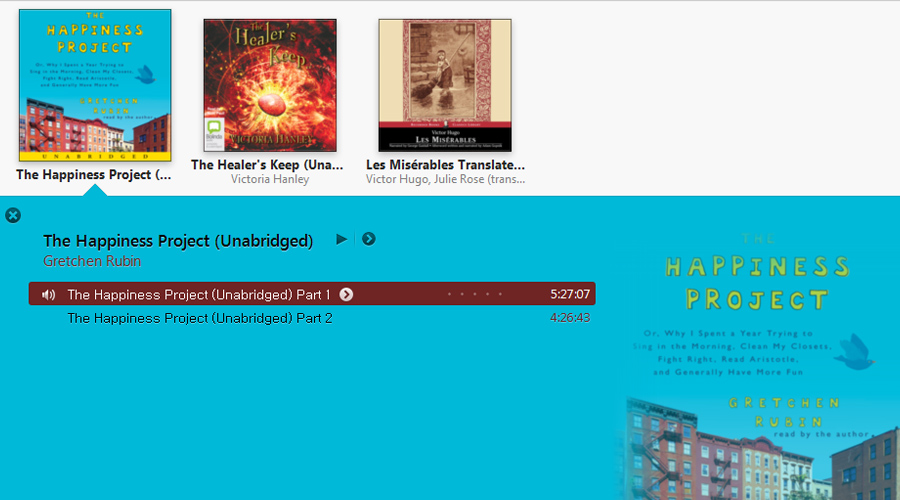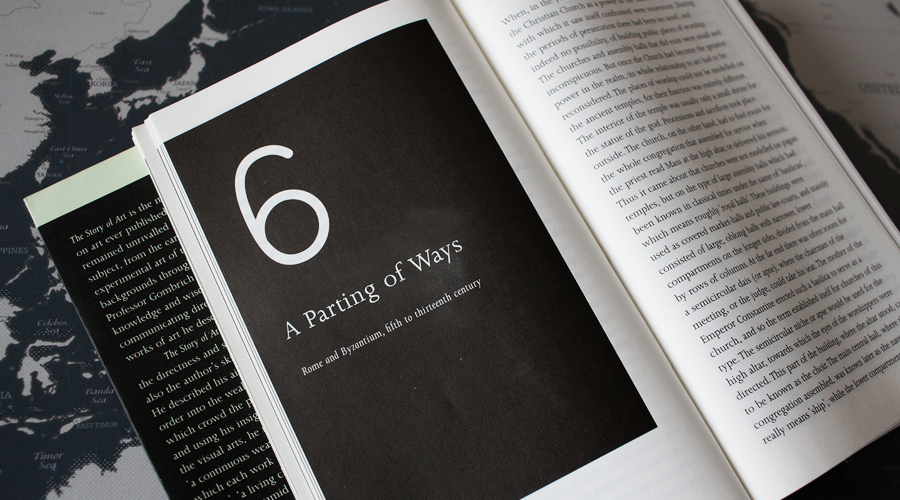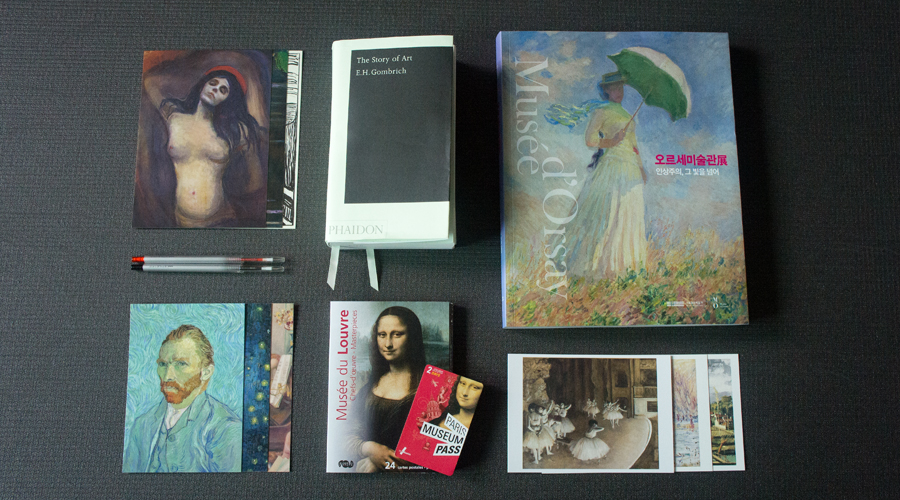
It was a bit of a surprise that a chapter on Roman art and architecture was so short. I suppose the main focus of this book is in art rather than architecture so there is not reason for it to go specifically into Roman architecture. Still I remember being fascinated by all the architectural achievements in Rome during an Architecture 101 course in college, and was left wanting more commentary by Gombrich on the subject. If only he came out with a second book called The Story of Architecture!
A world history timeline map proved useful as I was following along this chapter. You can see how shortly after Alexander the Great had conquered Egypt and the Middle East, Rome took over all the lands around the Mediterranean Sea and continued all the way up to England while they were at it. Gombrich discusses the Colosseum and the Pantheon, both of which I had the pleasure of seeing while I was in Rome last summer. I swear, most of the cultural artifacts that appear in art history books can be found in either London, Paris, or Rome. This means that these cities are wonderful places to visit, but it’s also a bit sad considering there are over 200 countries in the world. Clearly our understanding of “world history” is predominantly shaped by those who have power.
The ground floor is a variation on the Doric style – even the metopes and triglyphs are preserved; the second storey has Ionic, and the third and fourth Corinthian half-columns (p. 93).
Anyway, I hadn’t realized that the Colosseum featured all three types of columns. I’m bound to go to Rome again as I didn’t get to see the Trevi fountain due to preservation work, so I’ll make sure to appreciate the architecture again more properly the next time I go! The triumphal arches also appear to be Roman architecture, but for some reason I had thought they were a French thing, as the triumphal arches in Paris are so famous! It makes a lot of sense after having seen so much Roman influence while I was there, but I hadn’t made the connection with the triumphal arches as well.
To construct an arch out of separate wedge-formed stones is quite a difficult feat of engineering. Once this art is mastered the builder can use it for increasingly bold designs. He can span the pillars of a bridge or of an aqueduct, or he can even make use of this device for constructing a vaulted roof (p. 94).
Now, the Pantheon is possibly one of the most striking buildings I’ve ever been in. It’s quite astonishing to see the vaulted ceiling and how spacious and lifted it feels when it’s also this huge mass of concrete! Even though it was built two thousand years ago, it’s still the largest concrete dome ceiling in the world! I will definitely be making a post on the Pantheon once I get to my Rome posts, but I still have to cover Interlaken and Venice before I get there.
Romans allowed their artists to make [their portraits] more lifelike and uncomplimentary than anything the Greeks had attempted (p. 95).
It sounds as though Romans were a bit more practical and down to earth. No heavily post processed piccies for them! Gombrich also mentioned the Trajan column that I remembered learning about in an architecture 101 class, but completely forgot about while I was in Rome. Not that I had enough time to go see it; I’ll be sure to see both Trajan’s column and market as well as the baths the next time I’m in Rome!
The art of sculpture had flourished in India long before this Hellenistic influence reached the country; but it was in the frontier region of Gandhara that the figure of Buddha was first shown in the reliefs which became the model for alter Buddhist art (p. 96).
To be honest, I think I’m going to mark this bit of knowledge as “pending.” I’d be interested in hearing an opinion on this by an Indian scholar and whether or not reliefs had already developed in other places in India, or if it really was a Greek and Roman influence. In fact, I’d be interested in the cultural trade between India and China and what sort of influence they had on each other.
Your turn ♥ Have you been to Rome or planning to go someday? What is your favorite piece of Roman architecture?




